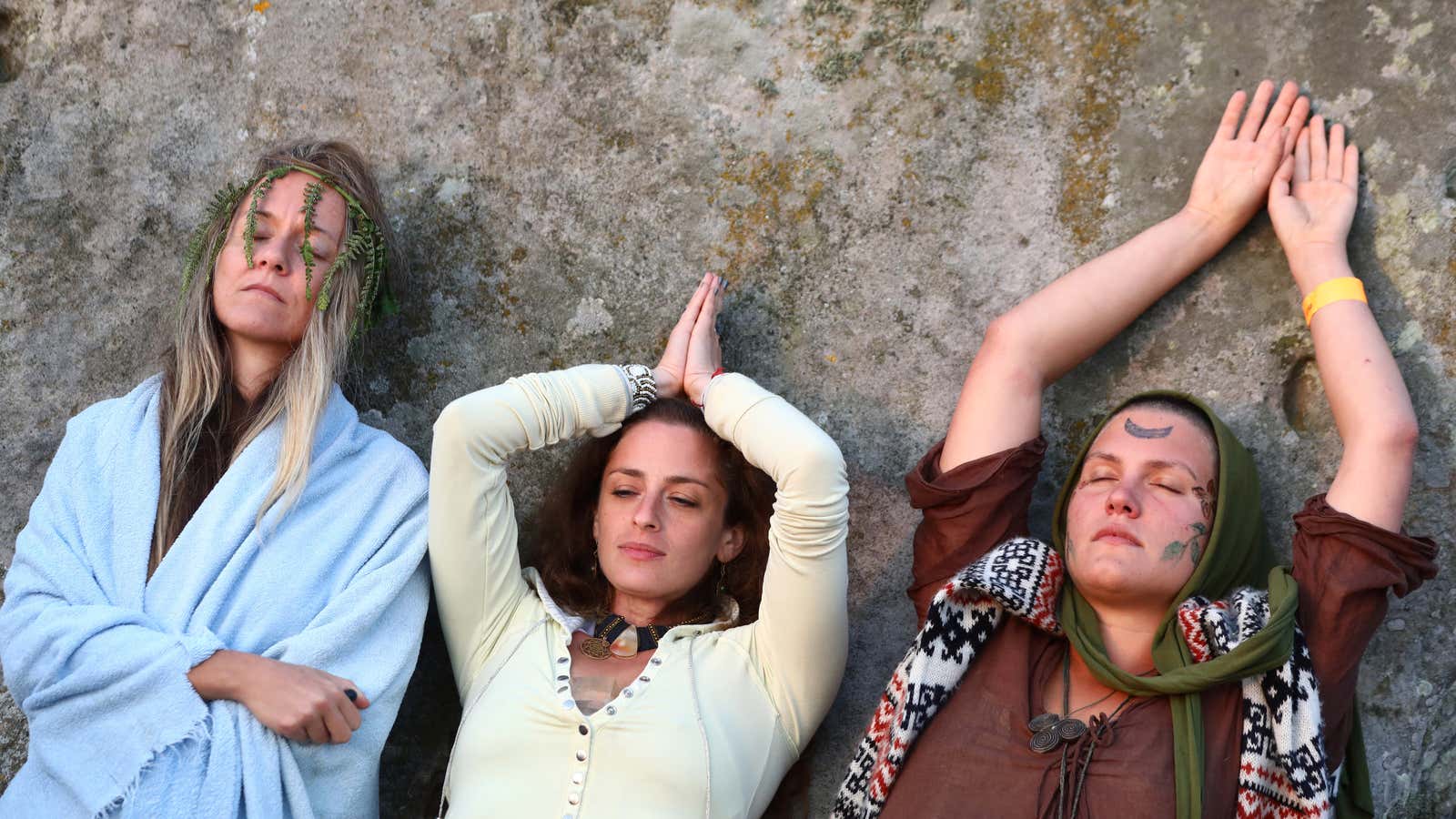The wellness industry—which has its roots in niche environments like grocery store health food aisles, and movements like clean eating—has ballooned this past decade into a $4.2 trillion juggernaut.
It’s so robust that established companies in adjacent industries—weight loss, health food, and beauty—are refashioning themselves to better fit into the wellness machine. The longtime weight loss giant is formerly known as Weight Watchers, for instance, recently rebranded itself as “WW,” alongside the new tagline “Wellness That Works.™”
Meanwhile, the wellness industry bellwether Goop continues to expand overseas while raising millions from investors. Other industry sectors, such as skincare and supplements, are also swelling, alongside wellness-related treatments and activities.
A recent study from the Centers for Disease Control and Prevention (CDC) looked at several of these activities in a new report that examines the of the rising use of yoga, meditation, and chiropractors among US adults over 18. The study identifies those three pursuits as the most popular forms of “complementary health,” which the report describes as the “use of holistic or unconventional medicine with mainstream Western medicine for health and wellness.”
Across the board, researchers found that substantially more Americans engaged in these activities in 2017 than in 2012. Yoga is the most popular, and spiked from 9.5% in 2012 to 14.3% in 2017, while the use of a chiropractor increased slightly from 9.1% to 10.3% over the 5-year period.
Meanwhile, the percentage who practice meditation increased from 4.1% in 2012 to 14.2% in 2017. An explosion of mindfulness and meditation startups—from Headspace to Calm to Aura—have been Wall Street and Silicon Valley sweethearts, pulling in round upon round of successful investments. The practice itself has been touted as a secret sauce by many high-profile celebrities, athletes, and business people.
More women than men participated in all three activities, with twice as many women taking yoga than men. The report also gave a limited racial breakdown, and found that white people participated more in all three activities, compared to black and hispanic people. This was particularly true with yoga.
That’s not terribly surprising, given that the wellness industry continues to be driven by upper-middle-class, middle-aged white women. As such, the wellness world has grown to involve premium experiences like meditation retreats and costly wellness treatments, and is represented by patron saints like Goop founder Gwyneth Paltrow. It’s an industry that has been accused of marginalizing people of color, despite its tendency to cite “ancient modalities,” a buzzword that often suggests a health-related practice that has long been used in non-Western, non-white cultures.
